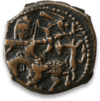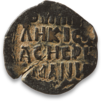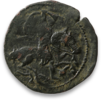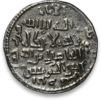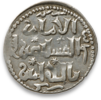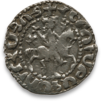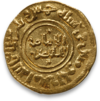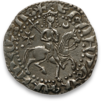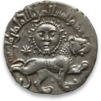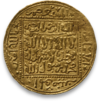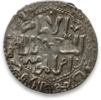The Seljuks of Rum
The Seljuks’ successful military campaigns against the Byzantine Empire had paved the way for Turkish settlements in Anatolia. A dynasty with close family and political ties to the Seljuks, the Seljuks of Rum, soon became the new, dominant power in the region. “Rum” was the designation used in Arab history for the Byzantine Empire because of its links to the Roman Empire. In the beginning, the Seljuks of Rum ruled from Iznik, but they were soon pushed back eastward by the Byzantines, after which they made Konya their capital. For a century, the Seljuks of Rum were under constant pressure from the Byzantine Empire, various Crusader armies, and competing Turkic dynasties in Anatolia, such as the Artuqids and Danishmendids, which they managed to conquer in 1177. Pressure from Christian powers diminished from 1204, when a Crusader army conquered and plundered Constantinople and left the Byzantine Empire on the verge of collapse.
A commercial and cultural golden age began that coincided more or less with the rule of the sultan Ala al-Din Kayqubad (1220-1237). The territory of the Seljuks of Rum expanded toward the Black Sea and the Mediterranean, where the harbor city of Alanya was founded along with a shipyard to promote trade with e.g. the Italian Maritime Republics. The road system was expanded in Anatolia and furnished with a dense network of caravanserais or khans, a combination of inn and warehouse. At the khans, caravans and traveling merchants were able to spend the night in safety with their goods, including slaves from the Russian steppes. Princely palaces were built in various locales for the sultan on his travels, as were numerous madrasas (Koran schools).
With the Mongol victory in 1243 at the battle of Köse Dagh, east of Sivas, the independence of the Seljuks of Rum was at an end and they became vassals. From 1308, after the death of their last sultan, their territory was incorporated into the Il-Khanid Empire.
Anatolia did not come under Islamic hegemony until the advent of the Seljuks of Rum, and elements from Byzantine, Armenian, and Georgian culture and art lived on – like the peoples themselves – under the new rulers. This is reflected in stone buildings that often have a figurative, sculptural decoration found nowhere else in the Islamic art of the period. Traces of the past of the Seljuks of Rum as Turkic Central Asiatic nomads also appear now and then, both in motifs and in special art forms such as knotted carpets. In ceramics and metalwork, in contrast, links to traditional Islamic art are obvious. The same is true of their woodwork, which is distinctive for its high technical quality.

